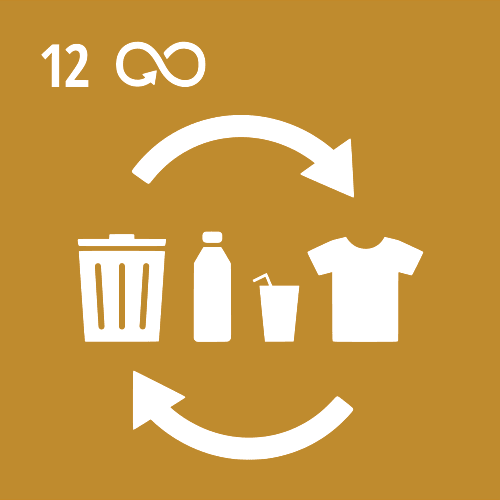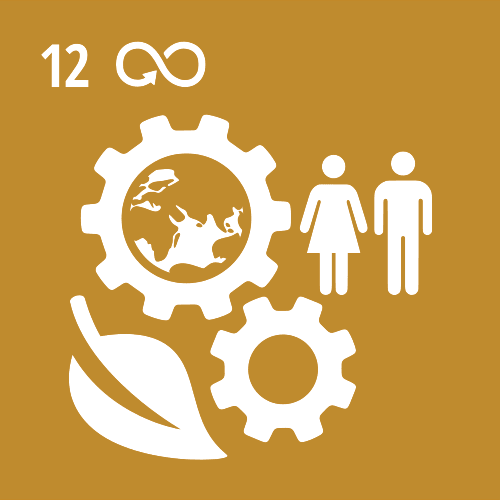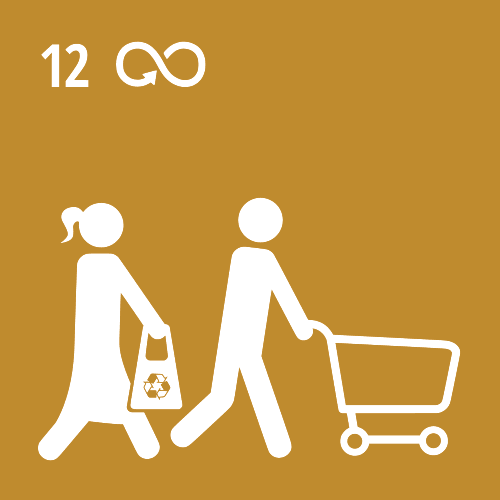Responsible Consumption and Production. Ensure sustainable consumption and production patterns.
This goal seeks to promote sustainable use, from an economical and environmental perspective, of all natural and energy resources in all their stages of production, transport and consumption of all types of products, including packaging, storage and processing of waste. It also includes the necessity to guarantee decent working conditions for all members of the production chain, especially the most vulnerable ones (e.g. manufacturers, especially in impoverished countries).
This consumption must be thus focused on alleviating poverty and helping to give all people a chance to maintain a decent life through their work. This can be done by the commercialisation of the products they breed and cultivate.
On the other hand, we need to also keep in mind the reduction of the use of resources, deterioration and contamination, needed to achieve a better quality of life. This includes also building consumer awareness by showing them a global connection which exists between things we consume and the life quality of people who produce them and bring them to our homes. It is assumed that this way, all people will become aware of the enormous power of a customer. Consumption is an act that we all perform several times a day and which moves billions of Euros all around the world. We are choosing a model of the world we want to construct with every purchase choice we make. We decide how we want the environment and the people to be treated. For this reason, it is important to aim for ways which are the most sustainable and fair for all the people.










